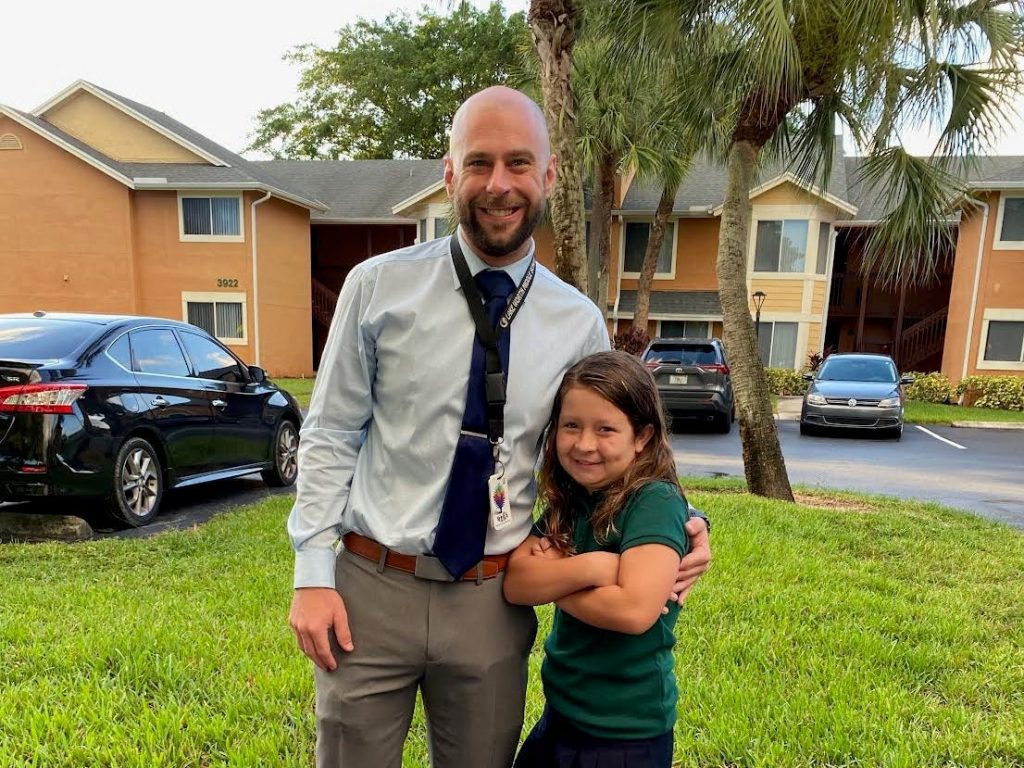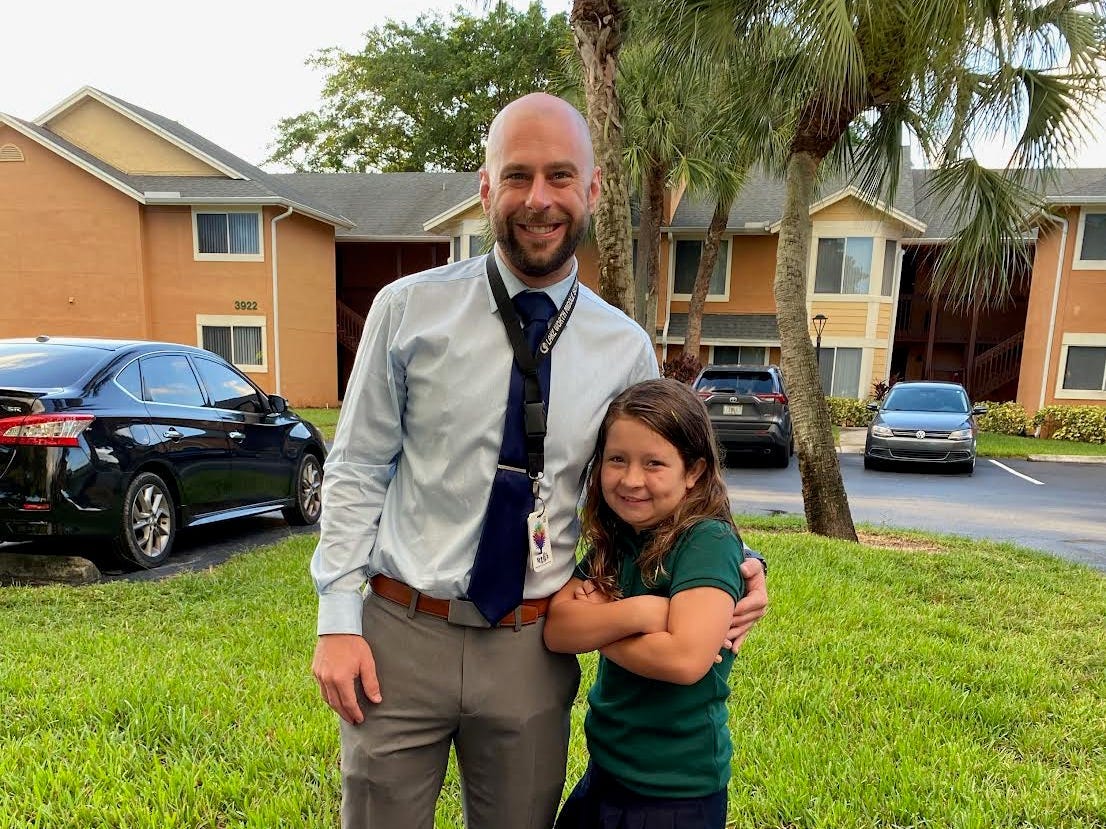
Matthew Tomko
- This month, schools returned to in-person classes as the Delta variant surges across the US.
- Insider spoke to five teachers who described feeling "broken" by the demands of last year.
- Some teachers said they often worked until 2 a.m. and considered quitting to work in a restaurant.
- See more stories on Insider's business page.
Arriving back at school, teacher Eleana Valencia-Knight describes a "fog" over her head – an anxiety that one of her students or coworkers will catch COVID-19.
Valencia-Knight, an elementary school teacher from Florida, told Insider that she and most of her coworkers felt "broken" by the start of the summer break in June, and fears that the new academic year will bring more chaos.
"This emotional rollercoaster that we've been through and that we're still going through is not going to end," she said. "Teachers are going to break again."
In the 10 days after her school reopened on August 10, Valencia-Knight said that at least one person tested positive for COVID-19 every day. Anyone who has spent at least 15 minutes in close proximity with an infected person must stay at home, she said.
It is hard for Valencia-Knight to track which students have interacted with each other when they move between classrooms, but every teacher keeps a rigid seating plan. She is lucky, she said, that her school's principal understands the demands placed on staff.
Since schools restarted in-person teaching this month, teachers have grappled with rising case numbers, propelled by the highly contagious Delta variant, and highly politicized mask mandates.
In July, Florida Governor Ron DeSantis signed an executive order banning mask requirements in schools, citing the protection of parental freedoms. But Palm Beach County - where Valencia-Knight's school is located - has resisted DeSantis' ban, and mandated mask-wearing at all times in its buildings.
For many educators, simply stepping back into the classroom induces anxiety after a year that led many to simply burn out. Some worry that the same will happen again.
Dr Maxie Hollingsworth taught math and reading in Houston during the last school year, but recently moved to a role coaching other educators. She said that between March 2020 and June 2021, she would regularly work until 1 a.m. on weekdays, until 2 a.m. on Saturdays, and all day Sunday. It was a routine she described as "overwhelming."
"I was one of those teachers that was going to leave. I assumed I was going to leave. I was absolutely done," Hollingsworth said. "In May, you could not have told me I would still be doing this."
"I'm very concerned about this new school year. What that's gonna look like. We're still in the middle of a pandemic," she added.
Teachers described to Insider a desperate scramble to create new online curricula, source laptops, and check in with students in the early days of the pandemic.
Kara McCormick-Lyons, a 7th grade literacy teacher from New York, runs the White Plains City School District teacher's union, which represents 680 members.
She said that, of the 306 teachers who responded to her November survey, 56% reported working between five and seven hours over the weekend.
"Last year, over and over again, the word was unsustainable. This is unsustainable," she said.
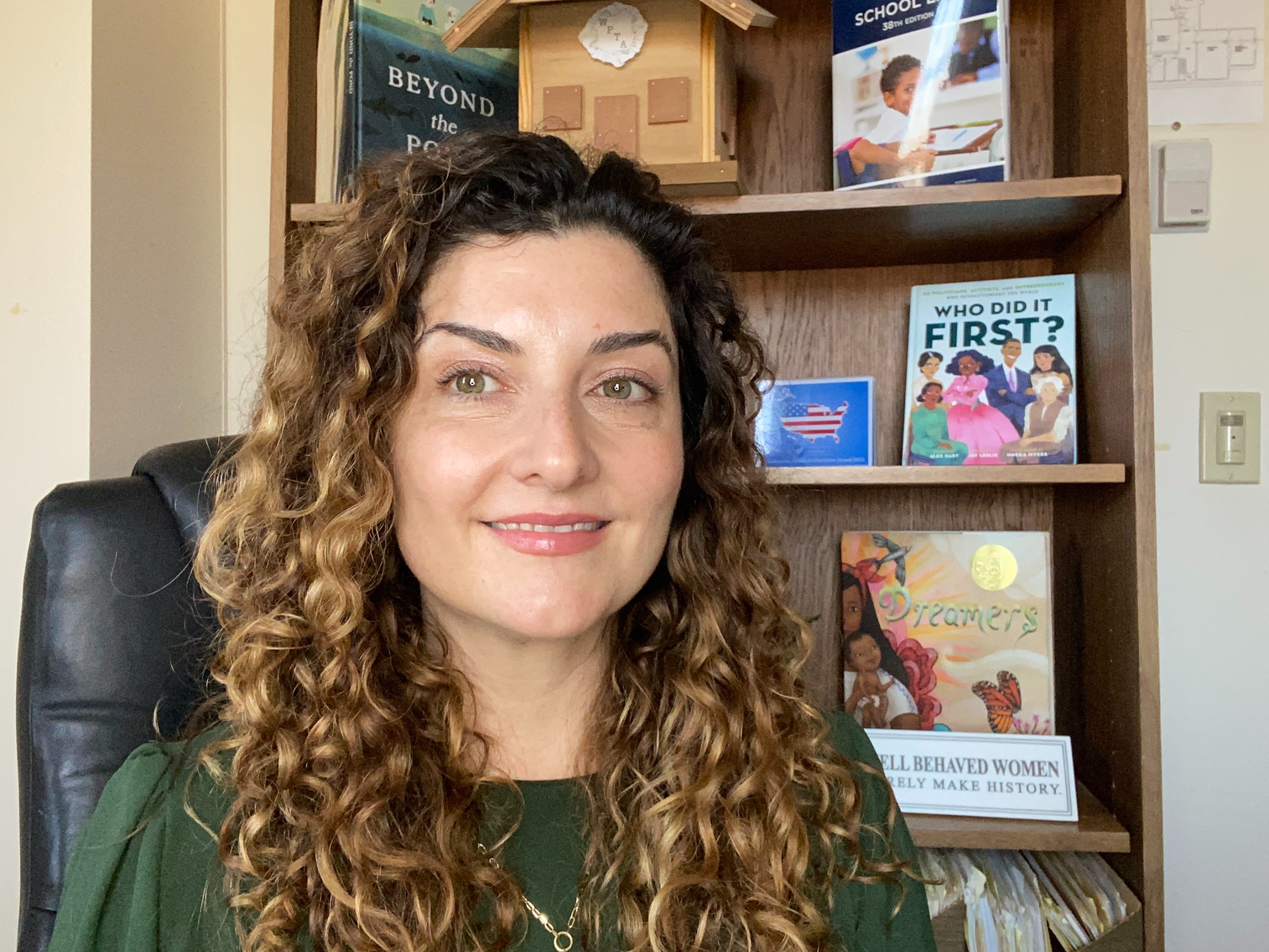
Kara McCormick-Lyons
A RAND Corporation survey of more than 1,000 teachers in January and February found that a quarter of respondents were likely to quit their jobs by the end of the school year, up from one in six before COVID-19 hit.
Another RAND survey showed that 44% of teachers who left their jobs due to the pandemic last year cited insufficient pay relative to their stress levels as their main reason for quitting.
And the demands only ramped up when many schools adopted a hybrid-learning model from the start of the 2020-21 school year. In those cases, some students were based in the classroom and others at home.
Sarah Spleiss, a high school English teacher from Minnesota, said she worked 12- to 13-hour days last year, and described hybrid teaching as an "awful" experience, requiring her to navigate technical glitches and online breakout rooms while setting assignments for the students in front of her.
Spleiss said that she would have quit to take up a restaurant job had more service industry roles been available at the time.
As Spleiss' students were high school seniors, aged either 17- or 18-years-old, many took up jobs when in-person schooling shut, and some even joined virtual classes during work.
"Their priorities changed. I had students joining class from jobs. One kid posted her phone next to the fryer at her Taco John's job and joined class that way," she said.
"I had to make up class rules, like you can't join class from your car."
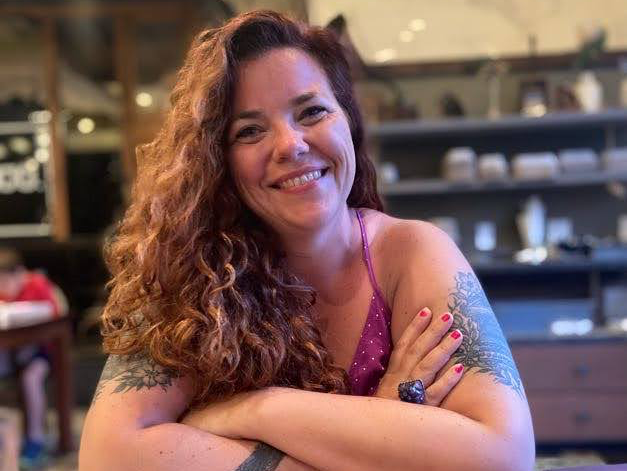
Sarah Spleiss
Matthew Tomko, a social studies teacher from Florida, likened hybrid teaching to cooking multiple pots on different burners, and said that the pandemic's extra demands on educators simply magnified longstanding problems in the profession.
"Many people were already teetering with that line of exhaustion or disillusionment with the industry when COVID came," he said.
Tomko said his workload increased once his school returned for the 2020-2021 academic year, when he was based in the classroom. He took on more students, lunch duties, and supervision responsibilities after several coworkers resigned or took unpaid leaves of absences around this time.
"I can't imagine a stockbroker or another similarly college-degreed job being asked to stay late, to work off-hours, etc, without being compensated accordingly."
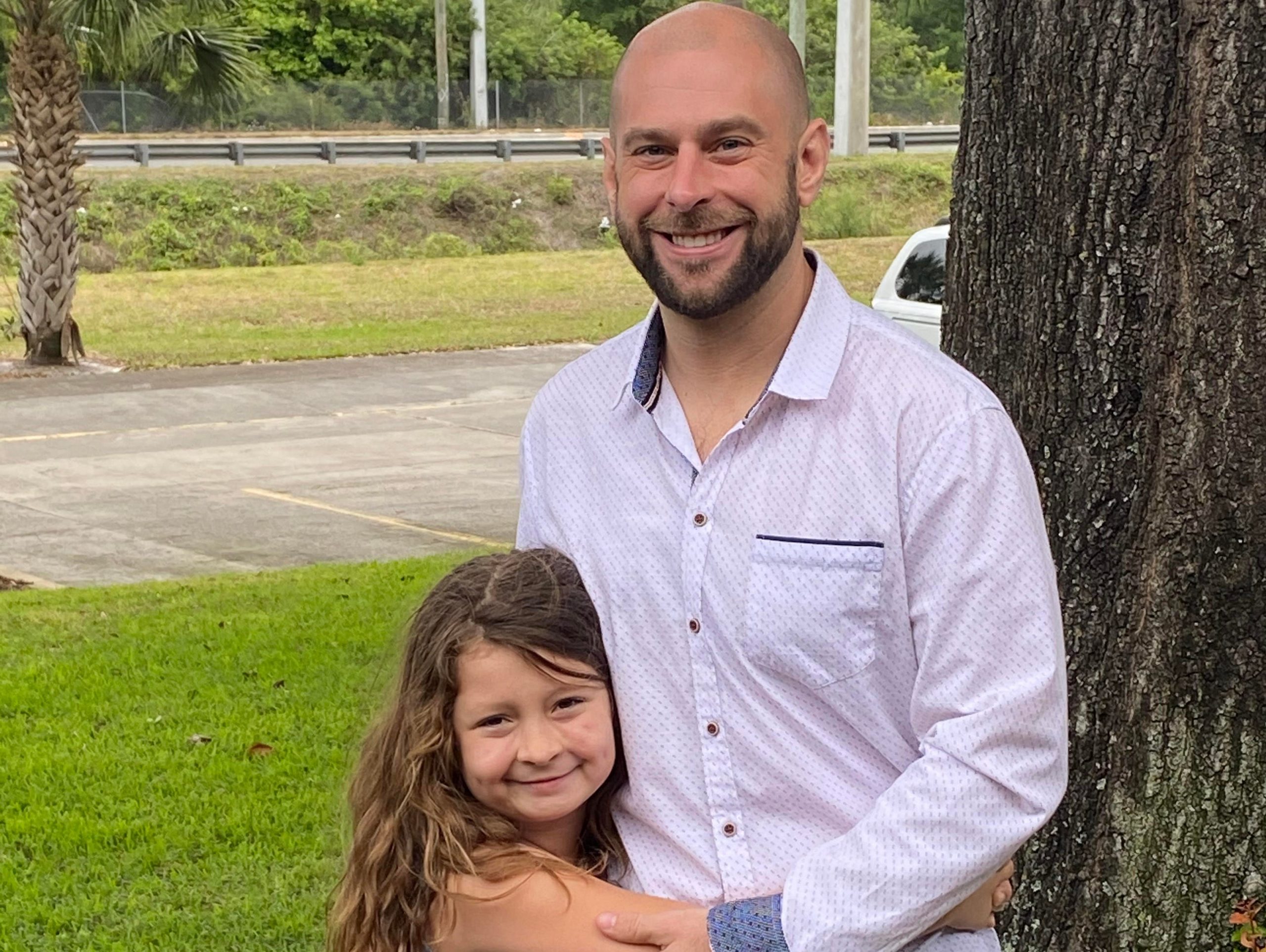
Matthew Tomko
Some schools are facing a severe shortage of teachers and resorting to offering signing and retention bonuses to help staff their schools.
Two-thirds of 1,200 districts have reported needing more teachers, according to an April survey by Frontline Education - the highest figure since the education software company launched its first survey in 2015.
"All we're asking is not for the world or for diamonds or anything like that, but just respect us in what we provide to society," Tomko said.
For Valencia-Knight, her main hope for the next year is even more basic - to "just survive."
